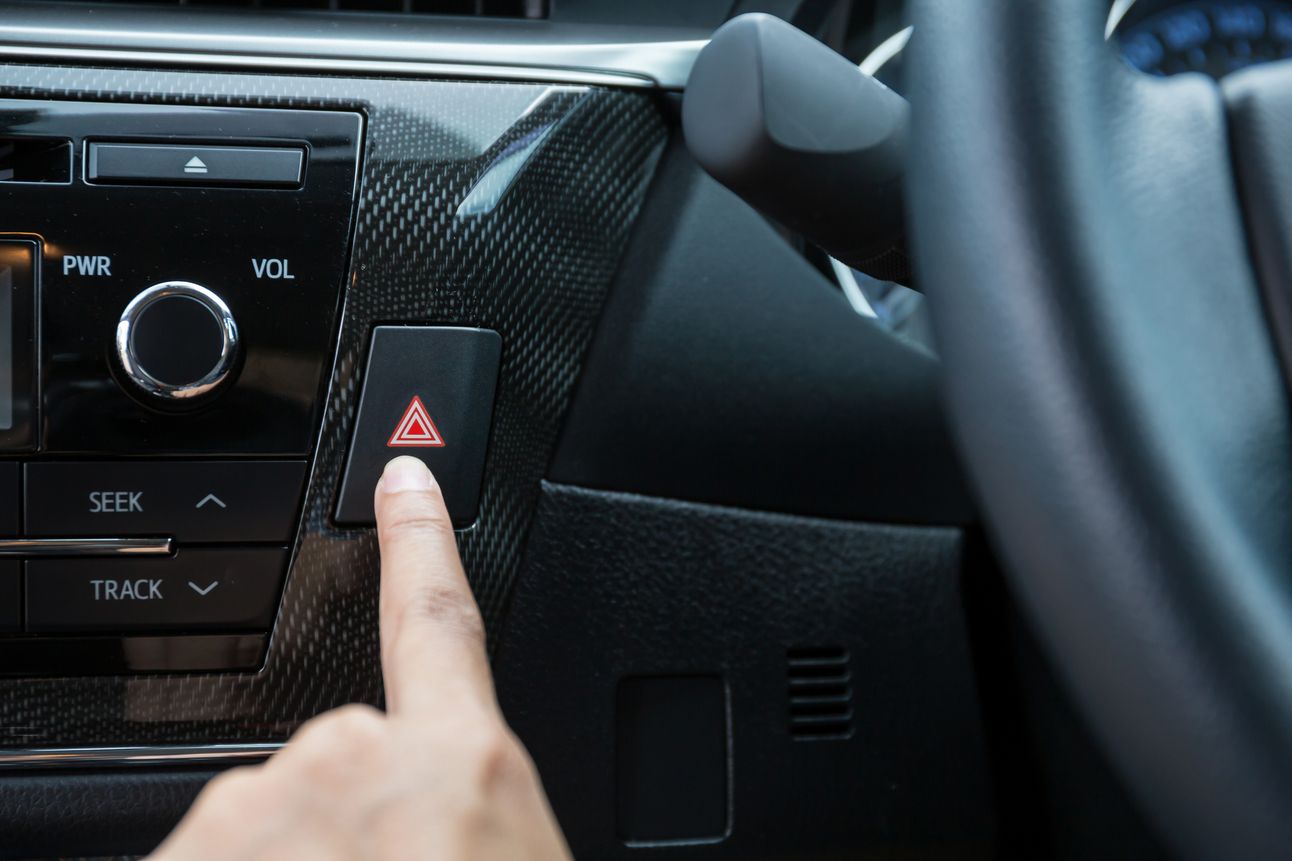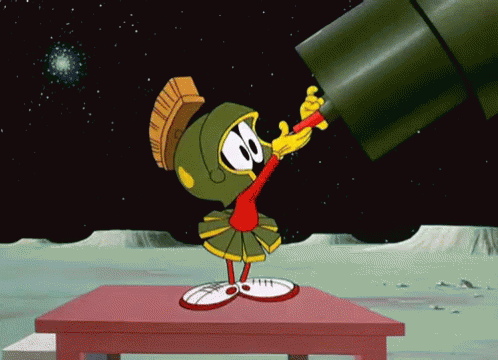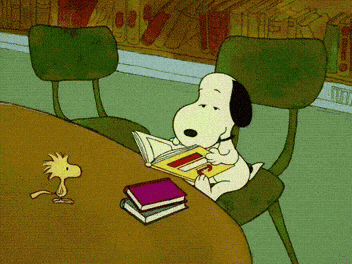Eyes on the prize

Apart from that delicious combo of sweet and savory flavours, it was the prize inside that drew you to Cracker Jack. As Meatloaf rightly observed, “there ain’t no Coupe de Ville hiding at the bottom”, but it was always fun to see what you got.
You could probably eat a ton of Cracker Jack in 60 seconds, but how many jumping jacks could you do in that time? They’re great for exercise, and the amount you can do in a minute provides a good indication of cardiovascular endurance.
Might as well… ;)
(Love nostalgia? Play today’s trivia below for a chance to win a $25 Amazon eGift Card!)
IN THE NEWS
Costco workers in strike position

Marcus Reubenstein/Unsplash
18,000 Costco workers in the U.S. represented by they Teamsters voted to strike on Feb. 1 if a new collective agreement isn’t reached by the end of January.
There are 56 Cotsco warehouses across five states, each of which will have business operations significantly disrupted should the strike move forward. 85% of the members who voted agreed to support a strike action.
Negotiators for the Teamsters sent Costco executives proposals that included new demands regarding seniority pay, paid family leave, bereavement policies, sick time, and safeguards against surveillance.
Costco leadership hasn’t commented on the ongoing negotiations, but would obviously like to get a deal done in advance, given the degree to which its overall operation would be affected by a February strike.
The Teamsters staged a strike of third-party subcontractors conducting transport for Amazon warehouses in December. Amazon doesn’t even recognize these workers as their own employees, let alone as members of the Teamsters Union.
In the case of Costco, the warehouse workers are definitely union-backed and represent around 8% of Costco’s total American workforce.
WHAT UP WEDNESDAYS
Let’s take a stroll

Rick Steves
In the Beautiful Country, dinner is usually served in multiple courses at an earlier hour than most on this side of the pond are used to. Why? To leave time for the Italian tradition of the passeggiata, which translates loosely to “evening stroll.”
This isn’t a destination walk or even a walk intended to burn off the calories consumed at dinner; rather, it’s to immerse oneself in the community.
“We’d see groups of families (with kids, adults and older adults) strolling through the town, stopping for a gelato or pastry, looking in the shop windows and generally being together in multi-generational group,” said former Italy resident Chloe Yelena Miller, who now lives in Washington, D.C. “It was usually busiest when the weather was good or on the weekend. It was always particularly lovely under the Christmas lights.”
The mental health benefits of such a ritual are easy to ascertain, particularly in nicer weather. Taking in the scenery, enjoying the company of others while children freely play and discover the world—it’s all food for the soul.
While it may be an Italian ritual, it’s self-evidently something anyone can benefit from anywhere, both mentally and physically.
According to a 2017 Harvard study, “walking 2.5 hours per week, or only 21 minutes per day, lowers the risk of cardiovascular disease by 30%.” It also found that walking right after a meal is an excellent way to regulate blood sugar.
AI
AI showing up in scholarly database

Vecteezy
According to a study published by the Kennedy School’s Misinformation Review, AI-”written” academic papers are being generated and making their way into scholarly databases like Google Scholar.
The search engine is used for academics to maintain easy access to a wide variety of scholarly journals, but the study found the tool is increasingly falling for AI-generated text and confusing it for published academic literature.
“The risk of what we call ‘evidence hacking’ increases significantly when AI-generated research is spread in search engines,” said Björn Ekström, a researcher at the Swedish School of Library and Information Science, and co-author of the paper. “This can have tangible consequences as incorrect results can seep further into society and possibly also into more and more domains.”
This particular case may be easier to solve, given that Google Scholar’s large language model doesn’t contain instructions to only scrape for papers authored by those with scientific/academic credentials or affiliation. Training the algorithm to filter out the nonsense making its way in now likely wouldn’t be that difficult.
The study does, however, highlight the need for such parameters as the Turing test becomes easier for AI algorithms to pass.
DRIVING
Emergency brake rule challenged

Vecteezy
The National Highway Traffic Safety Administration (NHTSA) recently passed a rule requiring automakers to adjust their cars’ emergency braking systems to ensure a guaranteed avoidance of collision and contact up to speeds of 62 mph.
Citing the rule as “flawed,” the Alliance of Automotive Innovation (AAI) filed a lawsuit in the U.S. Court of Appeals for the D.C. Circuit to strike it down. AAI represents major automakers, including Ford, GM, Stellantis, Hyundai, and Toyota.
On top of the 62 mph provision, the rule says automatic emergency braking systems must engage at “up to 90 mph when a collision with a lead vehicle is imminent, and up to 45 mph when a pedestrian is detected.”
AAI claims its recommendations were not considered when the rule was being crafted, and that the final version is unrealistic with standards too high for currently available technology to accommodate.
The NHTSA disagrees.
“NHTSA acknowledged that the final rule is technology-forcing,” the agency said in its response, “but emphasized that the standard is practicable and no single current vehicle must meet every requirement for an FMVSS to be considered practicable under the Safety Act.”
SPACE
Rare planetary alignment coming up

Tenor
A rare celestial event occurred last night, during which six planets appeared in the sky at the same time. You may have noticed the simultaneous visibility of Venus, Saturn, Jupiter, and Mars in the early evening, and if you saw Neptune and Uranus as well, you definitely knew what you were looking for, since you would have needed a telescope or very powerful binoculars.
If you missed the show, fear not—another is on the way on Feb. 28, except this time, there will be seven planets visible in the sky at the same time. Mercury will join six of its cousins for an extremely rare party on the solar ecliptic (the plane on which the planets orbit the Sun).
“What a time to be an astronomy enthusiast! With the total solar eclipse in 2024 and now the planetary alignment in 2025, we are getting lucky with so many back-to-back rare astronomical sightings,” said Queen’s Observatory co-ordinators Akanksha Bij and Lawrence Faria. “Be sure to keep your eyes out for more Aurora Borealis (Northern Lights) events as well in 2025, as we are currently in a solar maximum.”
While you’ll be able to see all of Venus, Mars, Jupiter, and Saturn at the same time in the early-mid evening for the rest of January, the simultaneous visibility of all seven aforementioned planets will only happen on Feb. 28 between 6 p.m. and 6:45 p.m. EST.
STAKE TRIVIA
Grab a book

Giphy
Back in high school you probably spent a ton of time in the library.…ok, maybe you didn’t 😂
Either way, there were plenty of books on your reading list. Find out how well you know your high school literature by turning back the pages with today’s trivia! Pass or fail, you’ll still earn a shot at a $25 Amazon eGift card ;)
Winner will be notified tomorrow afternoon. Keep an eye on your inbox!*
Have a great day ahead Staker!
Today’s issue written by Michael Cowan, Joey Cowan, and Maureen Norman.
*SEE FULL STAKE TRIVIA CONTEST RULES HERE.